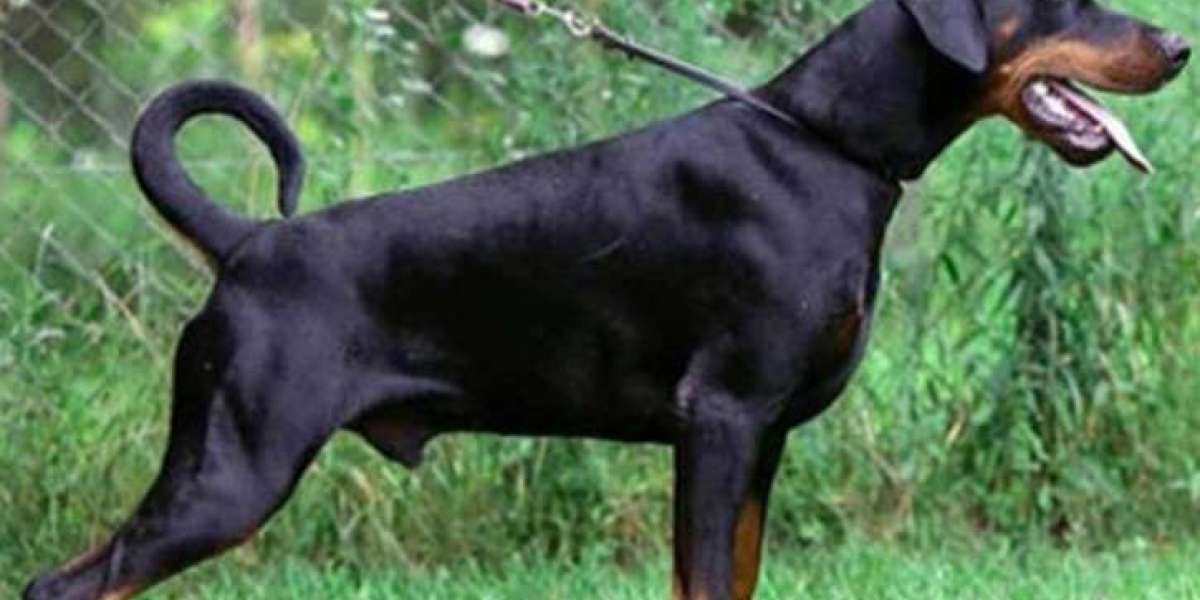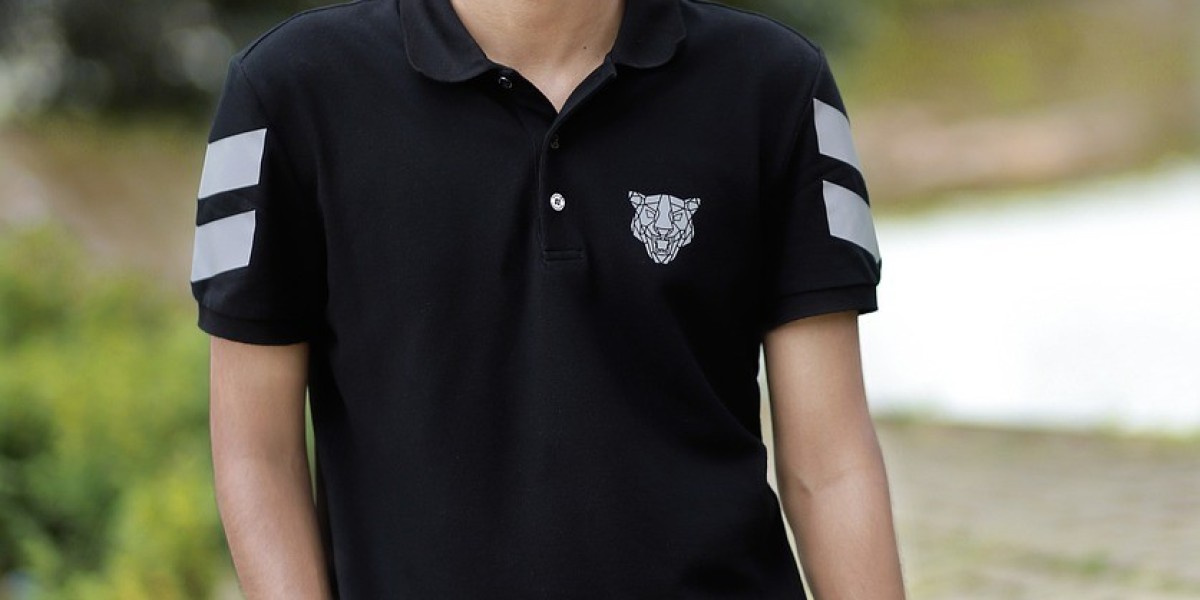When it comes to the appearance and health of European Dobermans, ear cropping and tail docking are often topics of intense debate. These practices have historical roots and varying acceptance across different regions. This blog will explore the prevalence of ear cropping and tail docking in European Doberman, including the perspectives of breeders in Europe and North America, with a focus on brown European Dobermans, Serbian Dobermans, and Serbian Doberman Pinschers.
Historical Context of Ear Cropping and Tail Docking
Ear cropping and tail docking have been traditional practices for Dobermans, primarily for functional reasons. Historically, these procedures were believed to reduce the risk of injury while working or during confrontations with other animals. For working dogs like the European Doberman, especially those involved in protection and police work, these modifications were thought to enhance their performance and reduce vulnerabilities.
The European Perspective
Legislation and Animal Welfare
In many European countries, ear cropping and tail docking are banned or heavily restricted. Countries such as Germany, the UK, and most of Scandinavia have stringent animal welfare laws that prohibit these practices. The European Convention for the Protection of Pet Animals, ratified by many European countries, outlaws such procedures for non-medical reasons.
Attitudes of European Doberman Breeders
European Doberman breeders generally comply with these regulations, focusing on breeding dogs that meet the FCI (Fédération Cynologique Internationale) standards without the need for ear cropping or tail docking. For example, a breeder of Serbian Dobermans will adhere to the local and European laws, ensuring their dogs maintain natural ears and tails.
The emphasis is on the dog's natural appearance and capabilities rather than altered looks. European breeders prioritize health, temperament, and working ability over cosmetic modifications. This is particularly true for Serbian Doberman Pinschers, which are prized for their working qualities and natural beauty.
The North American Perspective
Cultural Preferences and AKC Standards
In contrast, ear cropping and tail docking are more common in North America, where the AKC (American Kennel Club) standards still permit and sometimes encourage these practices for show dogs. This has led to a cultural acceptance of the altered appearance of Dobermans.
Attitudes of North American Breeders
While many North American breeders continue these practices, there is a growing movement against ear cropping and tail docking due to rising awareness of animal welfare. However, many breeders and owners still prefer the traditional look, associating it with the breed's iconic image.
Breeders who cater to both show and working lines might still crop ears and dock tails, especially for dogs expected to participate in AKC-sanctioned events. However, there's increasing flexibility, and some breeders offer options to keep dogs natural based on buyer preferences.
The Debate: Pros and Cons
Arguments for Ear Cropping and Tail Docking
Historical Functionality: Proponents argue that these practices protect working dogs from injuries and improve their hearing and alertness.
Breed Standards: Some breed standards, particularly in the AKC, still include ear cropping and tail docking, influencing breeders to maintain these practices to meet competition criteria.
Aesthetic Preferences: Many owners and breeders prefer the traditional look of cropped ears and docked tails, which they believe enhances the Doberman's imposing and elegant appearance.
Arguments Against Ear Cropping and Tail Docking
Animal Welfare: Opponents highlight the pain and risks associated with these procedures, which are often performed on puppies without medical necessity.
Legislation and Ethics: Many countries and veterinary organizations advocate against these practices, emphasizing the importance of natural animal care and ethical treatment.
Health Risks: The procedures can lead to complications such as infections, prolonged healing times, and behavioral issues due to early trauma.
The Middle Ground: Personal Choice and Responsible Breeding
For prospective Doberman owners, the decision to opt for a dog with natural ears and tail or one that has been altered often comes down to personal choice and the intended role of the dog (show, work, or companion). Regardless of the choice, it's essential to select responsible breeders who prioritize the health and well-being of their dogs.
Selecting the Right Breeder
Research: Investigate breeders thoroughly, whether in Europe or North America. Look for reviews and testimonials to ensure they follow ethical breeding practices.
Health and Temperament: Ensure that the breeder focuses on the overall health and temperament of their dogs. Health certifications and genetic testing should be standard practice.
Transparency: A reputable breeder will be open about their practices and provide options for ear cropping and tail docking based on legal and ethical standards.
Visits and Communication: Whenever possible, visit the breeder's facility to see the conditions in which the dogs are raised and to meet the puppy's parents. This can provide insight into the breeder's commitment to their animals' well-being.
Conclusion
The debate over ear cropping and tail docking in European Dobermans is multifaceted, involving historical, cultural, ethical, and legal considerations. In Europe, these practices are largely restricted due to strong animal welfare laws, whereas in North America, they remain more common, though increasingly questioned.
Ultimately, whether you are considering a brown European Doberman, a Serbian Doberman, or a Serbian Doberman Pinscher, it's crucial to prioritize the dog's health, temperament, and overall well-being. By selecting a responsible breeder who respects both legal standards and ethical breeding practices, you can ensure that your new Doberman is a happy, healthy, and loyal companion, regardless of their ear and tail appearance.








